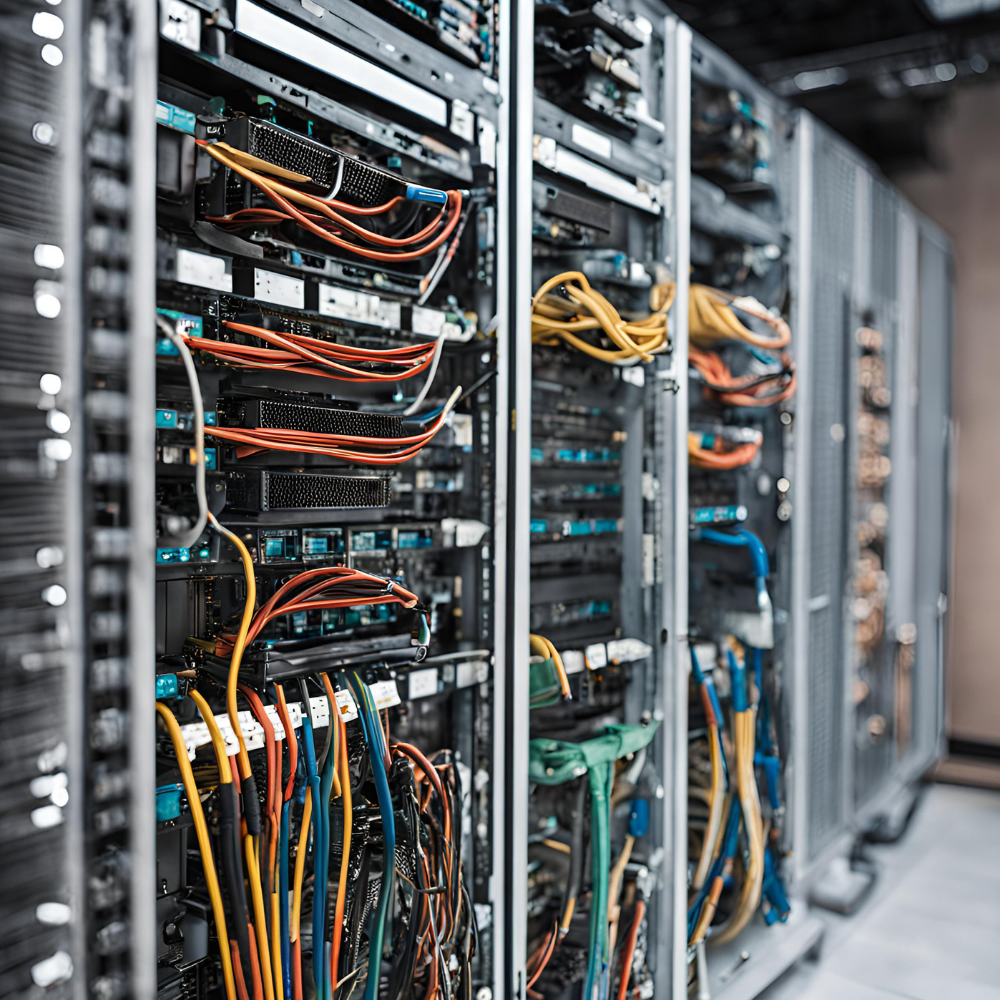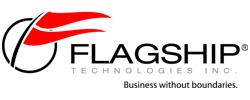
Understanding Cable Construction:
The whirring symphony of a data center might seem like magic, but it's all orchestrated by a complex network of cables. These unsung heroes, server cables, are the physical pathways that transmit data between servers, storage devices, and other critical components. But with a variety of types and functionalities, choosing the right server cable can be daunting. This guide will equip you with the knowledge to navigate the world of server cables and ensure optimal performance in your data center.
Server cables share some common design elements:
- Conductors: These are the copper wires that carry electrical signals and data. The thickness (gauge) of the conductors affects signal strength and maximum transmission distance.
- Insulation: This non-conductive material surrounds each wire, preventing electrical shorts and ensuring signal integrity.
- Jacketing: The outer layer protects the cable from physical damage, environmental hazards, and fire.
Types of Server Cables:
Now, let's delve into the various types of server cables, each with its specific function:
Data Cables:
- Ethernet Cables: The workhorses of data centers, these cables connect servers, switches, and routers. They come in different categories (Cat5, Cat6, Cat6a, etc.) supporting varying speeds (100Mbps to 10Gbps and beyond).
- Fiber Optic Cables: For high-bandwidth applications and longer distances, fiber optic cables transmit data using light pulses, offering superior speed, security, and immunity to interference.
Storage Cables:
- Serial Attached SCSI (SAS) Cables: These cables connect servers to high-performance storage devices like SAS drives. They offer exceptional speed and scalability for demanding workloads.
- Serial ATA (SATA) Cables: SATA cables are the most common storage interface for connecting servers to hard disk drives (HDDs) and solid-state drives (SSDs). They provide a reliable and cost-effective solution for everyday storage needs.
Power Cables:
- AC Power Cables: These cables deliver standard AC power from the power source to the server's power supply unit (PSU).
- DC Power Cables: Used in some data centers, DC power cables supply direct current to the server, improving efficiency and reducing power loss.
Choosing the Right Server Cable:
Here are some key factors to consider when selecting server cables:
- Functionality: Match the cable type to its intended purpose (data transfer, storage connection, power supply).
- Performance: Consider the required data transfer speed and choose a cable category (e.g., Cat6 for Gigabit Ethernet) that meets your needs.
- Length: Select a cable length that reaches between connected devices without excessive slack or strain.
- Compliance: Ensure the cables comply with relevant industry standards for safety and performance (e.g., UL, CSA).
- Shielding: Shielded cables offer better protection against electromagnetic interference (EMI) in noisy environments.
Additional Considerations:
- Durability: Choose cables with high-quality materials and robust jackets to withstand the physical demands of a data center environment.
- Brand Compatibility: While most server cables adhere to universal standards, some systems might require specific cables for optimal performance. Check your server's documentation for compatibility information.
- Futureproofing: Consider future data transfer needs when selecting cables. Opting for a higher-performance cable category (e.g., Cat6a over Cat5e) can accommodate potential upgrades.
Conclusion:
Server cables are the essential building blocks of your data center's connectivity. By understanding the different types, their functionalities, and key selection criteria, you can ensure that your data flows smoothly and your servers operate at peak performance. Remember, consulting with a qualified IT professional at Flagship Technologies can provide valuable guidance for your specific data center needs. With the right cables in place, your data center will be well-equipped to handle the ever-growing demands of the digital age.
Resources:
Belden's Server Cables: Belden. (n.d.). Server Cables [Web page]. Retrieved from https://www.belden.com/markets/data-centers/racks... (Note: Use "n.d." for undated sources)
Data Center Knowledge: Jackson, D. (2020, September 22). Conquer the cabling chaos: Data center cabling best practices. Data Center Knowledge. Retrieved from https://www.datacenterknowledge.com/cables/conque...


